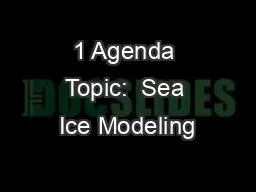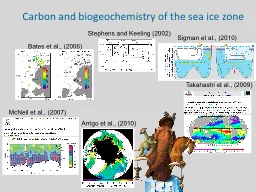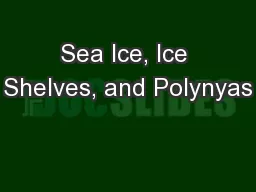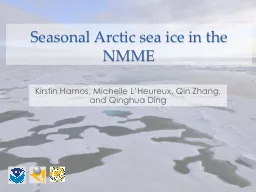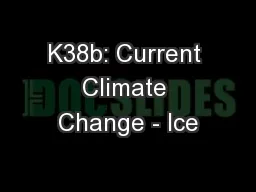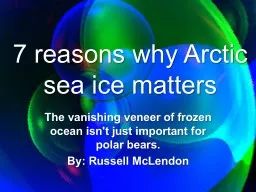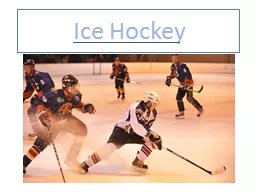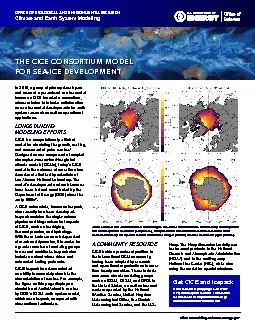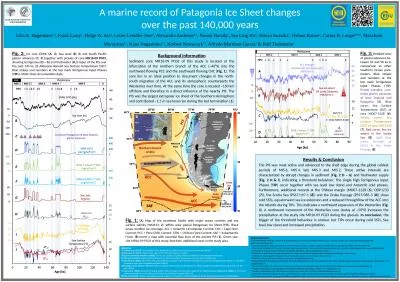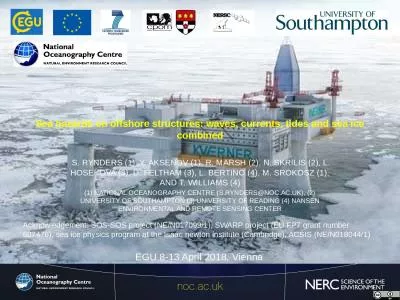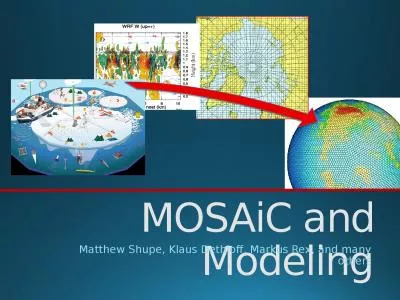PPT-1 Agenda Topic: Sea Ice Modeling
Author : v2nant | Published Date : 2020-07-02
Presented By Bob Grumbine NWSNCEP Contributors Hendrik Tolman 2 Operational System Attributes System Name Acronym Areal Coverage Horz Res Cycle Freq Fcst
Presentation Embed Code
Download Presentation
Download Presentation The PPT/PDF document "1 Agenda Topic: Sea Ice Modeling" is the property of its rightful owner. Permission is granted to download and print the materials on this website for personal, non-commercial use only, and to display it on your personal computer provided you do not modify the materials and that you retain all copyright notices contained in the materials. By downloading content from our website, you accept the terms of this agreement.
1 Agenda Topic: Sea Ice Modeling: Transcript
Download Rules Of Document
"1 Agenda Topic: Sea Ice Modeling"The content belongs to its owner. You may download and print it for personal use, without modification, and keep all copyright notices. By downloading, you agree to these terms.
Related Documents

